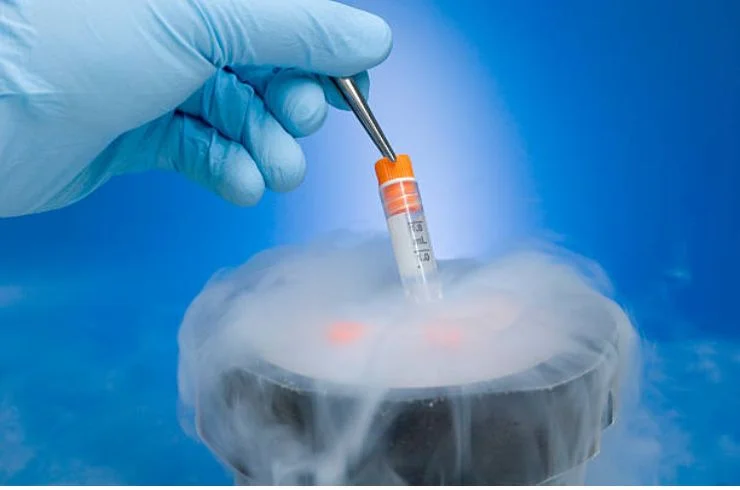
Frozen Embryo Transfer (FET) is an in vitro fertilization (IVF) procedure in which an embryo that was previously created and frozen during an earlier IVF cycle is thawed and transferred into a woman’s uterus. FET offers a flexible and less invasive option for couples or individuals who have undergone a prior egg retrieval and fertilization cycle, with embryos stored for future use.
Why is FET Preferred?
Frozen Embryo Transfer is often chosen in several specific situations:
Risk of Ovarian Hyperstimulation Syndrome (OHSS):
Preimplantation Genetic Testing (PGT):
Pre-treatment Before Embryo Transfer:
The Frozen Embryo Transfer Process
Thawing the Embryo:
Preparing the Uterus:
Embryo Transfer:
Post-Transfer Monitoring: